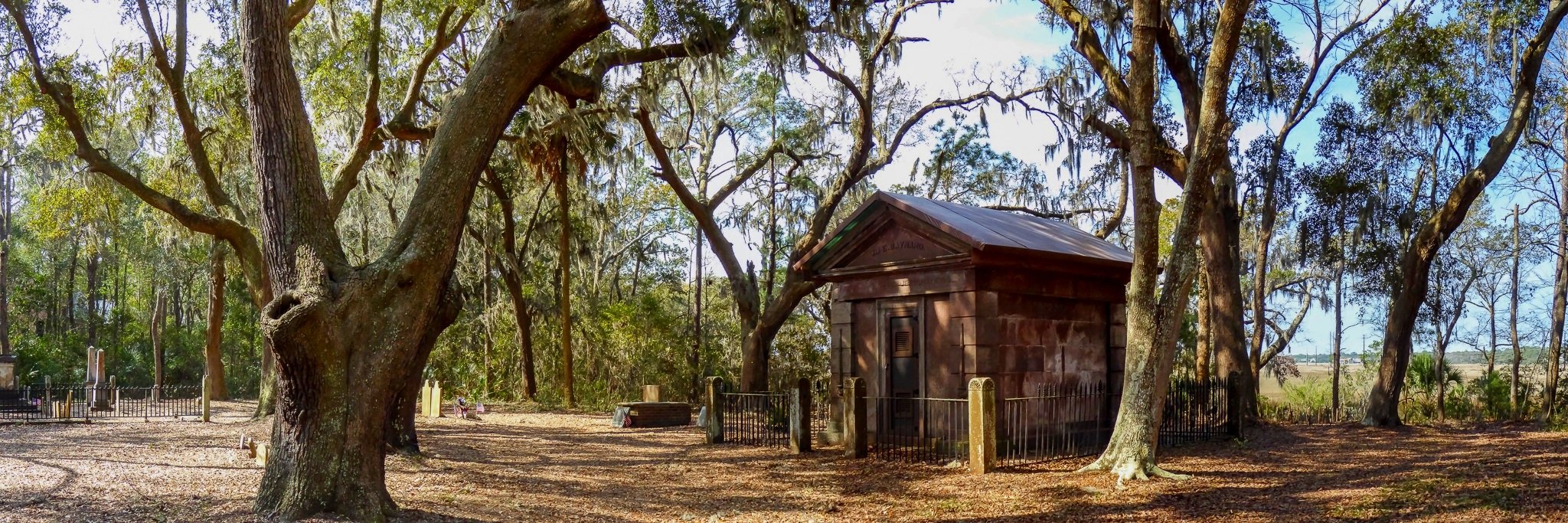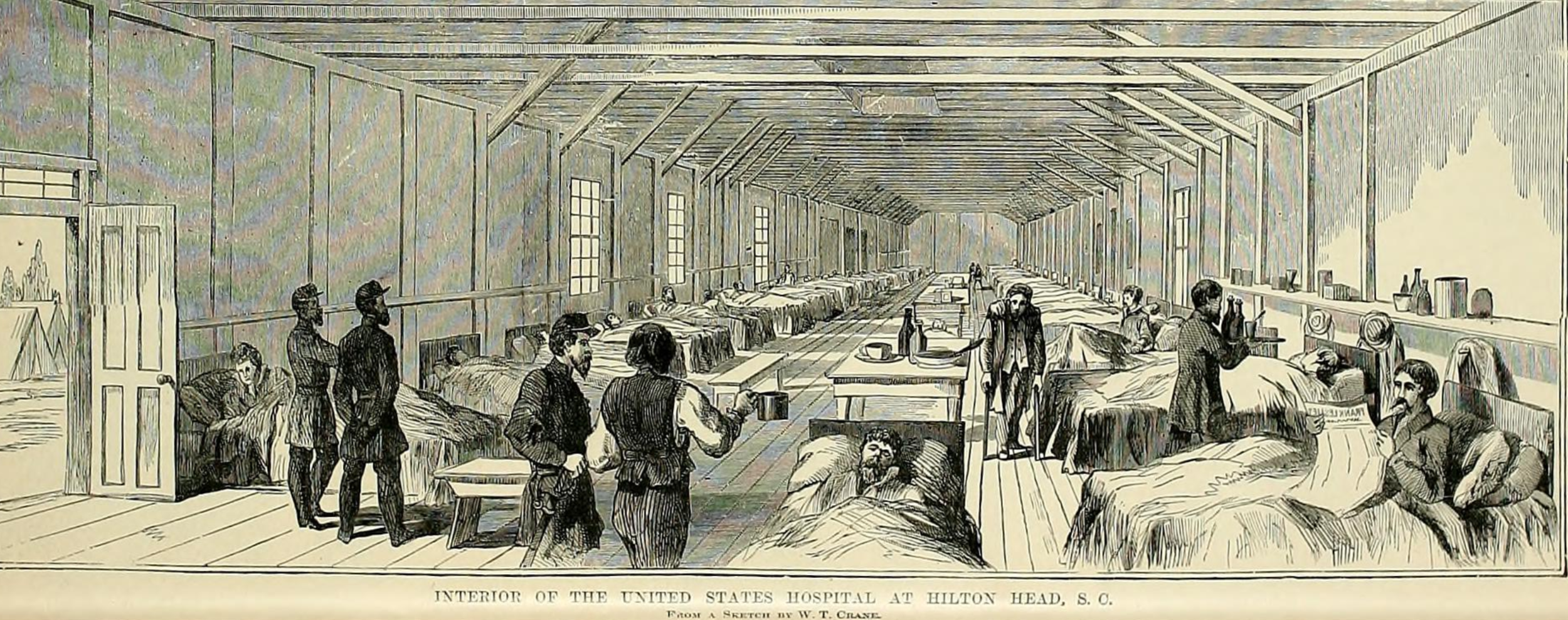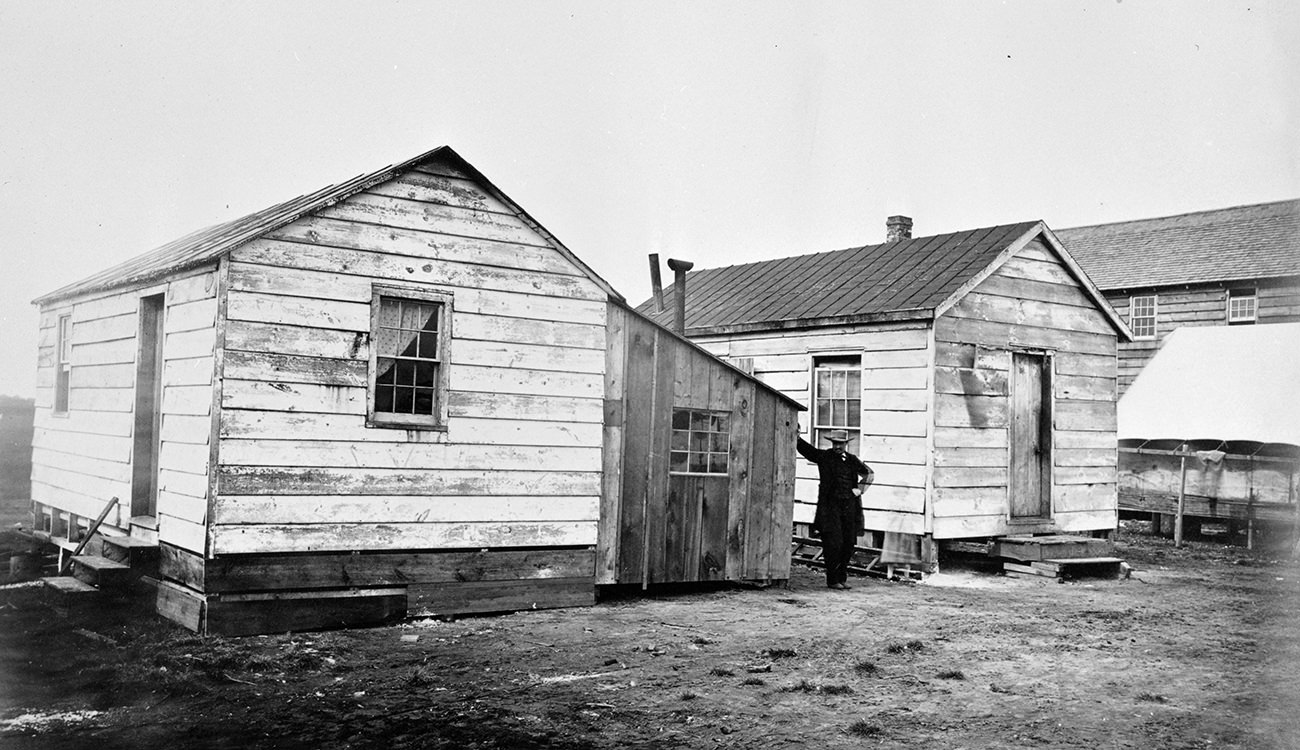Hilton Head Island Over The Years
With a history stretching back over 500 years, Hilton Head has seen a lot of changes. More battles were fought in South Carolina during the Revolutionary War than any other state. As the first state to secede from the union, South Carolina was a hotbed of activity during the Civil War and into the Reconstruction era.
The Colonial Era
In 1698, Hilton Head Island was included in a 48,000-acre barony granted to John Bayley of Ballinclough in the County of Tipperary, Ireland. There was no settlement on the island, but a small, 500-acre plot in the northwest corner was claimed by Col. John Barnwell (Tuscarora Jack) in 1717. There is no proof that he ever settled on the land.
By 1766, there were 25 families living on Hilton Head according to marginal notes on a map drawn by James Cook in that year. Hilton Head Island became an island of plantations and remained so until the Civil War.

The History Division supports historic research and studies to enrich the knowledge of Island’s past and that of the surrounding Lowcountry and Sea Islands of the Southeastern Atlantic coastline.
The shelves of The Heritage Library contain a wide ranging collection of historical works of all types including bound volumes, periodicals, CDs, microfilm unpublished manuscripts. Visitors to the library are encouraged to browse the collections for items of interest and to check the on-line catalog using the keyword search.
Throughout the year special programs are held on topics of historical interest. Interested parties are encouraged to watch the Events section and check the local newspapers for dates, times, and subject matter.
Additional Reading
Slave Narratives
Read first-hand accounts of those who were enslaved in the years just prior to the Civil War
Plantations
Lowcountry Slaves
These files have been accumulated from various sources and put in a collection that provides a name and story to those that helped build our Island
The Civil War Era

The soldiers were faced with housing and feeding a large number of slaves, called “Contraband” who lived on the plantations of the island and who came to Port Royal from the mainland for protection. They set the men to work building barracks for the families, but the lack of privacy proved to be problem for the women and children. In 1862 General Ormsby McKnight Mitchel was named to command the fort, and he pushed for better conditions for the contraband slaves. While he only lived on the island for six weeks before perishing of yellow fever, a town that was erected near the fort by the slaves was named Mitchelville.
Mitchelville was the first self-governed freed-slave village where education was compulsory.
Our files list residents of Mitchelville, the pension records of the 21st Regiment of the United States Colored Troops that was formed on Hilton Head, a register of civilian patients who were treated at the military hospital at Ft. Welles, and a listing of military personnel who died on Hilton Head, were buried in the Government Cemetery on Union Cemetery Road, and subsequently moved to Beaufort National Cemetery after the war.
Additional Reading
Union Regiments
A listing of Union Regiments stationed on Hilton Head between 1861 and 1865
US Colored Troops
US Colored Troop soldiers provided the Union Army with much needed manpower
Mitchelville
When southern planters fled Hilton Head subsequently provided a haven to slaves from the surrounding area
Civil War Burials
Comprehensive listing of military personnel who died on Hilton Head
Quartermaster
Original records of taken by the Quatermaster Corps during the Civil War
The Reconstruction Era

Additional Reading
Timeline
Laws and events that occurred during the Reconstruction Era
Land Sales
Land transitions to the formerly enslaved people of the island
Education
The first known school for former slaves on Hilton Head Island
People
The people of Hilton Head Island and their occupations
Join The Library
As a Member, you will have full access to the library facilities, publications, classes and our online resources as well as the talents and expertise of our volunteers who will help with your research project.


